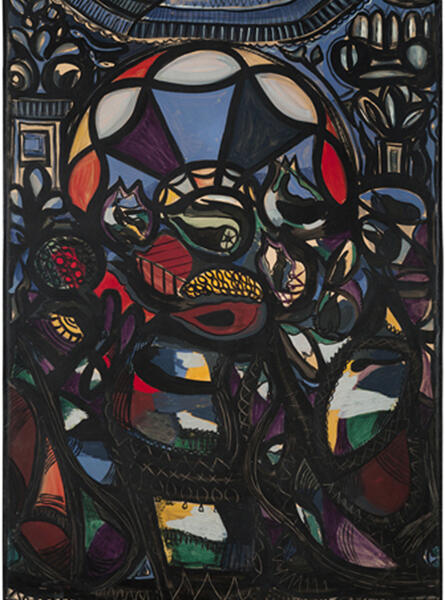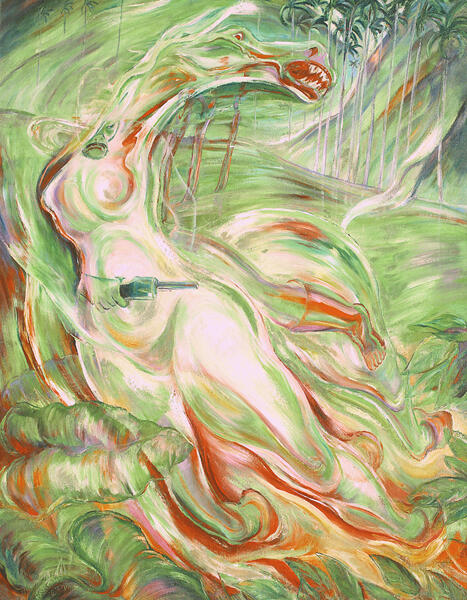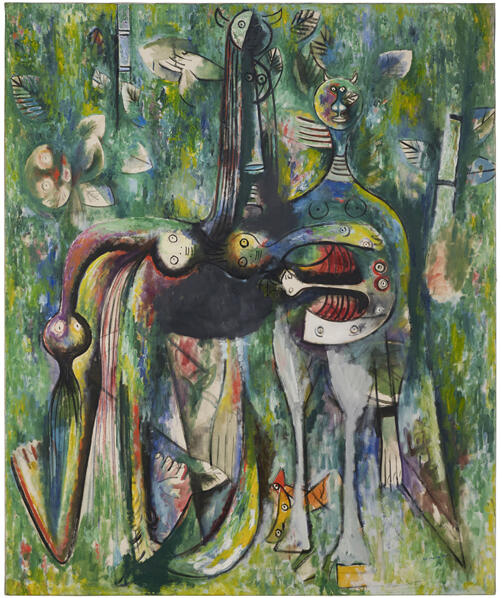_Cuban Art and Identity: 1900-1950_, at the Vero Beach Museum of Art, Florida
“Cuban Art and Identity: 1900-1950 ” surveys painting from the first fifty years of the Republic favoring an iconographic over a stylistic approach.

Concentration on narratives and symbols tends to diminish the differences between academic or traditionalist and modernist artists, giving a more holistic view of painting in the island, and reveals up-front a core of competitive themes used to project a vision of the nation. In tune with popular culture and the rural and/or urban landscape, most Cuban artists during that period of nation building self-consciously concerned themselves with imagining and visualizing lo cubano, or that which is Cuban. The result was the continuation and revitalization of Cuban themes developed in the nineteenth century, such a landscape and the life of the peasant. Contrasting with the images showing the countryside as the repository of that which is authentically Cuban are those that represent the city of Havana, its streets, architecture, and interiors as the epicenter of Cuban culture. Two other seminal themes explored in this exhibition are religious traditions and music.
In all, the diversity of narratives and symbols points to a multifaceted cultural identity. The exhibition includes landscape paintings ranging from the romanticism of Antonio Rodriguez Morey, to the ultra sensitive naturalism of Leopoldo Romañach’s seascapes, to the quiet primitivism of Víctor Manuel, and the sensual anthropomorphic landscape of Carlos Enríquez. Idealized and critical views of peasant life are well represented in the exhibited paintings of Armando Menocal, Antonio Gattorno, Mario Carreño, and Enríquez among others. A look at the theme of Havana interiors, from the still lifes of Amelia Peláez and René Portocarrero to the figurative compositions of Cundo Bermúdez reveals a push to represent lo cubano not only in content, but form: neo-baroque form. African and Catholic inspired spirituality contrast in the paintings of Wifredo Lam and Fidelio Ponce de León, who are represented in this exhibition at their best.
Since the early twentieth century popular music has been one of Cuba’s major cultural exports and known far better than its literature and visual arts. The musical forms known as Rumba and Son were particularly popular in the 1920s and 1930s and inspired a number of paintings in this exhibition by Eduardo Abela, Oscar García Rivera, Carreño, and Enríquez among others. Finally, the exhibition offers a glimpse into the treasure of Cuban traditionalist and modernist paintings in private and public collections in the United Sates.
Open until February 2, 2014







